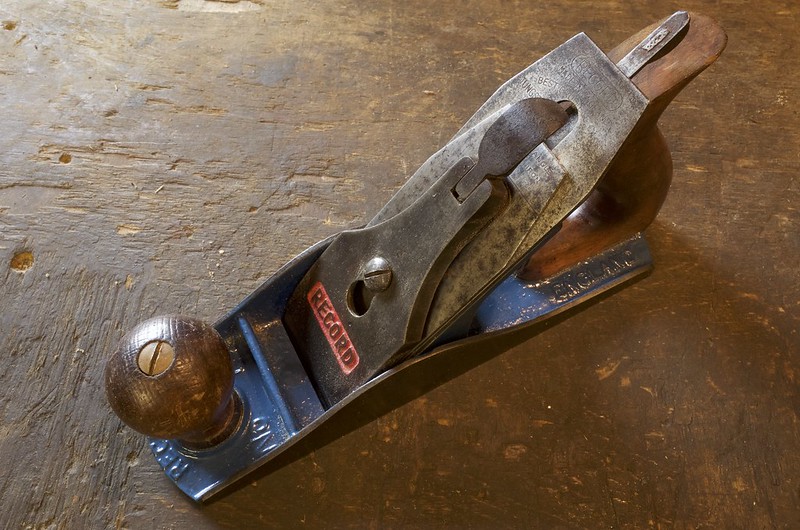This bed comment - was it a bow in the bed but the contact points were in plane? If so, that may be intentional. When making a plane, wood or metal, you don't want to shoot for actually making two identical planes (poor choice of words, I guess), because the metal is only going to contact in a few points. You want to bias the machining so that the contact points happen where you want them.
Veritas does this on their planes - their machined beds aren't perfectly flat, even though they may look like it to you.
1mm sounds like a lot, though, but it doesn't mean the plane won't function well, which is what you should really care about as the buyer. If you had a nice-looking flat area on the bed of the plane that was actually a little bit high centered, you'd be a lot less happy about it.



































